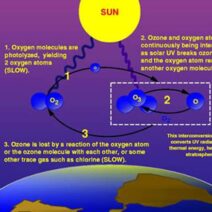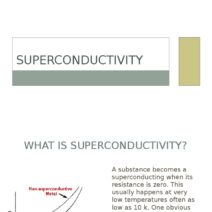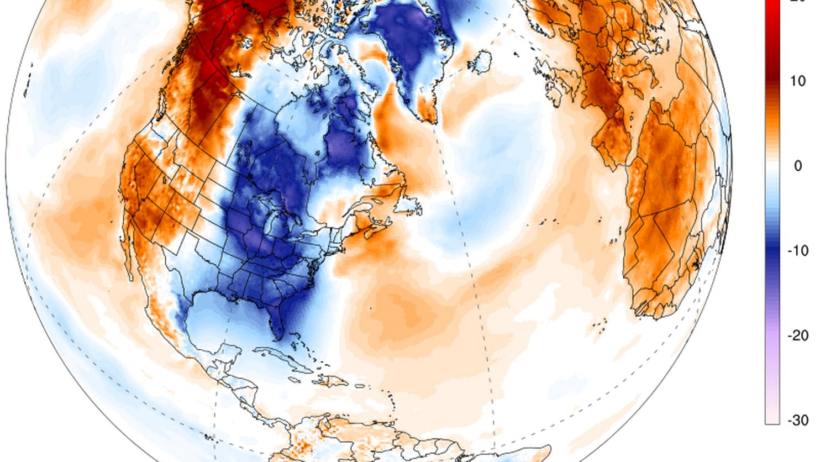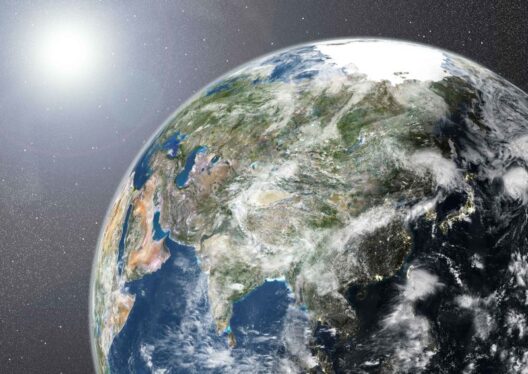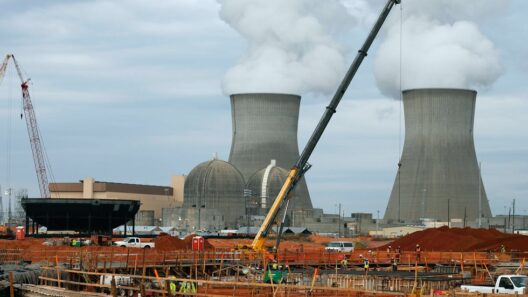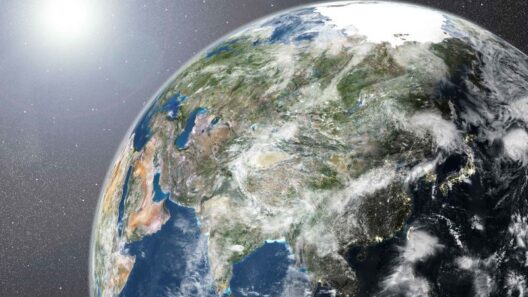As the effects of climate change become increasingly palpable, one might assume that a rise in global temperatures would correlate with decreased snowfall. Surprisingly, scientific evidence suggests that global warming can indeed foster more substantial snowfall under certain conditions. This paradox underscores the complexity of climate systems, where increased heat can lead to changes in precipitation patterns, including a notable surge in winter snow in certain regions.
To understand the nuanced relationship between global warming and snowfall, it is essential to delve into the mechanisms behind weather patterns. The atmosphere is a dynamic system that relies heavily on the delicate balance of temperature, humidity, and prevailing winds. In a warming climate, the atmosphere can hold more moisture—approximately 7% more for every degree Celsius increase in temperature. This augmented capacity for moisture can significantly alter precipitation dynamics, contributing to heavier snowfall under specific circumstances.
One primary factor in this paradigm is temperature thresholds. While higher temperatures in winter can lead to more rainfall, when conditions allow for cold air masses to interact with moist air, the result can be amplified snowfall. For instance, if a particularly cold weather front moves through a region rich in moisture, the result can be a snowstorm of significant proportions. This phenomenon is particularly evident in areas like the northeastern United States, where winters have become less predictable, showcasing both heavy snowfalls and unusual rain events.
Moreover, climate change has been linked to the increasing frequency and intensity of extreme weather events, including winter storms. The warming Arctic influences this pattern, as it alters jet stream behavior. A weakened or meandering jet stream can result in prolonged cold spells in mid-latitude regions, allowing for sustained periods of snowfall. On the other hand, the influence of warm, moist air can lead to robust storm systems developing along these jet streams, culminating in significant snow accumulations.
The feedback loops inherent in climate systems can also complicate the snowfall narrative. The albedo effect—where darker surfaces absorb more heat than lighter ones—plays a crucial role in regional climate. As snow and ice cover diminish, less sunlight is reflected back into space, leading to accelerated warming in these areas. This dynamic can cause a cycle of more snow during winter but ultimately contribute to the overall trend of climate warming, creating an unsettling duality where warming leads to more snow, which then reinforces climate change.
While regions experiencing heavier snowfalls may seem to counteract the general warming trend, the broader implications for ecosystems and human activities cannot be overlooked. Increased snowfall can lead to challenges such as higher avalanche risks, disruption of transportation networks, and additional stresses on infrastructure. Furthermore, the health of local ecosystems can be profoundly affected; while some species may benefit from increased snowpack, others, particularly those adapted to more stable conditions, may struggle to thrive in this changing environment.
Additionally, the uneven distribution of snowfall exacerbates existing inequalities in climate impacts. Regions that receive abundant snowfall may experience different socio-economic and infrastructural dynamics compared to those suffering from droughts or extreme heat. Adaptation strategies must therefore account for the local context; urban planning, disaster preparedness, and resource management policies need to adjust to the anticipated shifts in snowfall and precipitation patterns.
A critical aspect of this ongoing debate centers around the implications for water resources. In many regions, snow acts as a natural reservoir, slowly releasing water as it melts in the spring. Increasing snowfall, particularly in mountainous regions, can initially seem beneficial for water supply. However, rapid warming can lead to earlier snowmelt and altered runoff patterns, risking flooding, and diminishing water availability during the crucial growing season. This cycle poses significant challenges for agriculture and water management, demanding that communities recalibrate their approaches in response to these shifting dynamics.
Furthermore, atmospheric phenomena such as El Niño and La Niña significantly influence winter weather patterns and can interact with the effects of climate change. These complex interactions often lead to unpredictable weather outcomes, including varying snowfall amounts across different regions. While some areas may continue to see heavy snowfalls associated with these cycles, others may face increased drought conditions, highlighting the need for comprehensive climate resilience strategies that account for these uncertainties.
In conclusion, the relationship between global warming and snowfall encapsulates a chilling paradox. While increased atmospheric temperatures can lead to greater moisture retention and, subsequently, increased snowfall in specific contexts, this dynamic is far from straightforward. The intricate interconnections between temperature, precipitation, and weather systems necessitate a profound understanding of climate science. As communities navigate these complexities, acknowledgment and preparedness are paramount in addressing the profound challenges posed by both enhanced snowfall and the broader implications of climate change.
Ultimately, addressing climate change requires a multifaceted approach that recognizes the complexities of these interactions. By reinforcing our understanding of how warming temperatures can paradoxically influence snowfall patterns, we equip ourselves with the knowledge needed to advocate for resilient policies and sustainable practices. Embracing a comprehensive approach to climate action is crucial to mitigating the impacts of global warming on natural systems, human activity, and the intricate balance of our planet’s climate.
